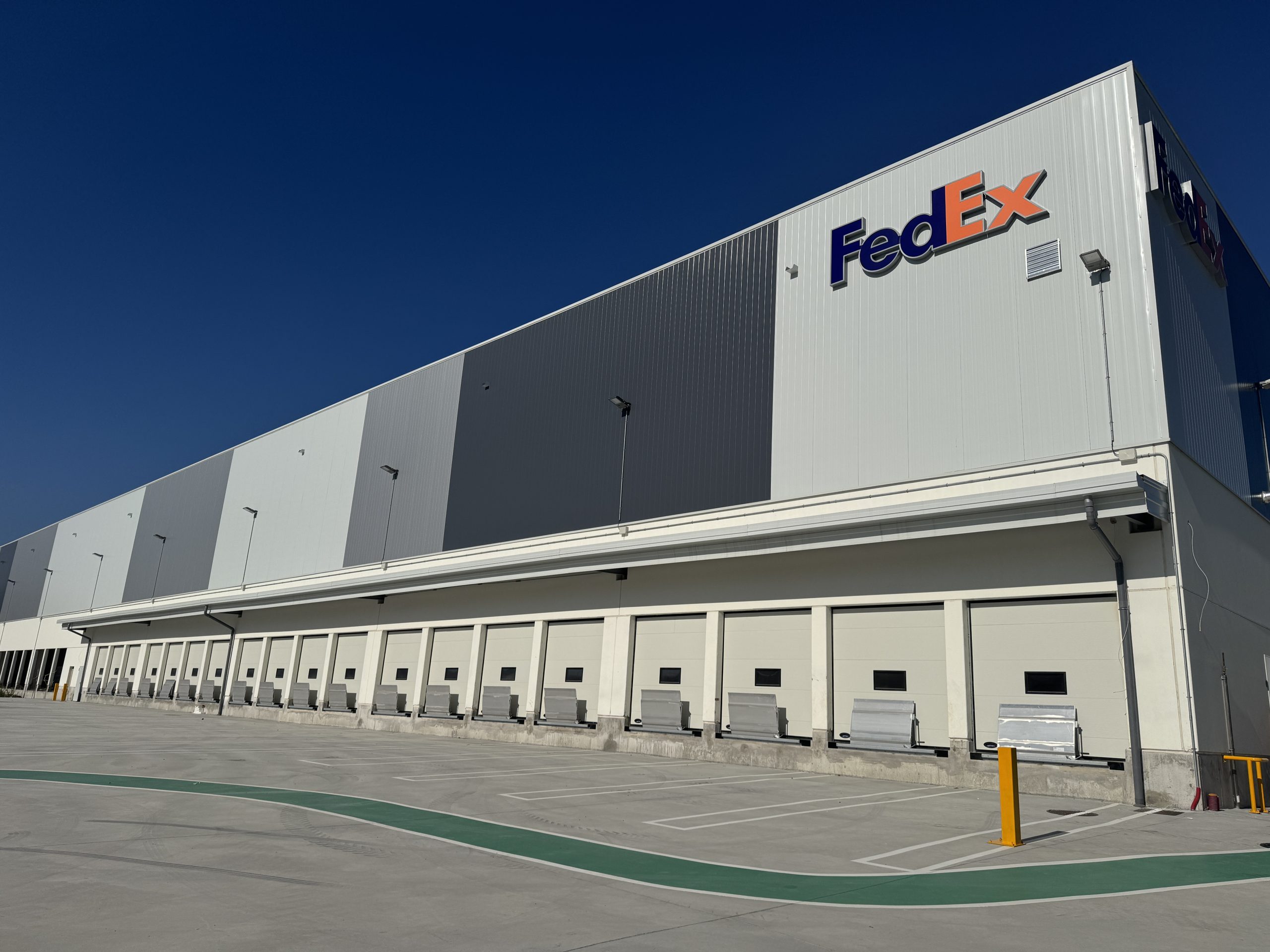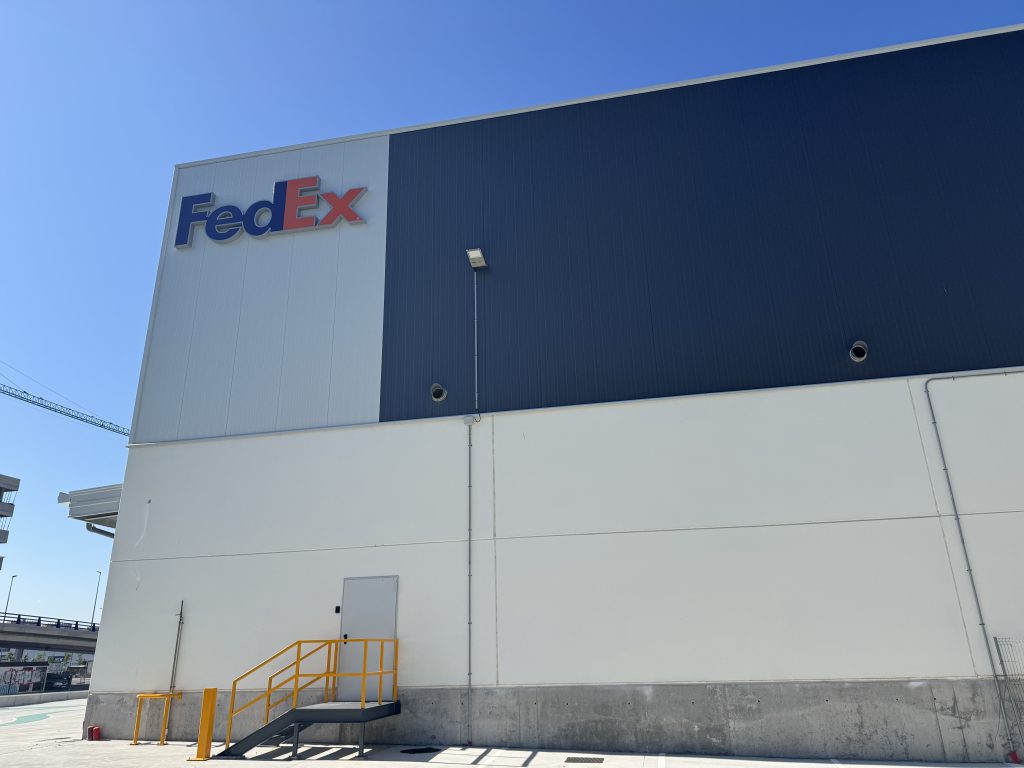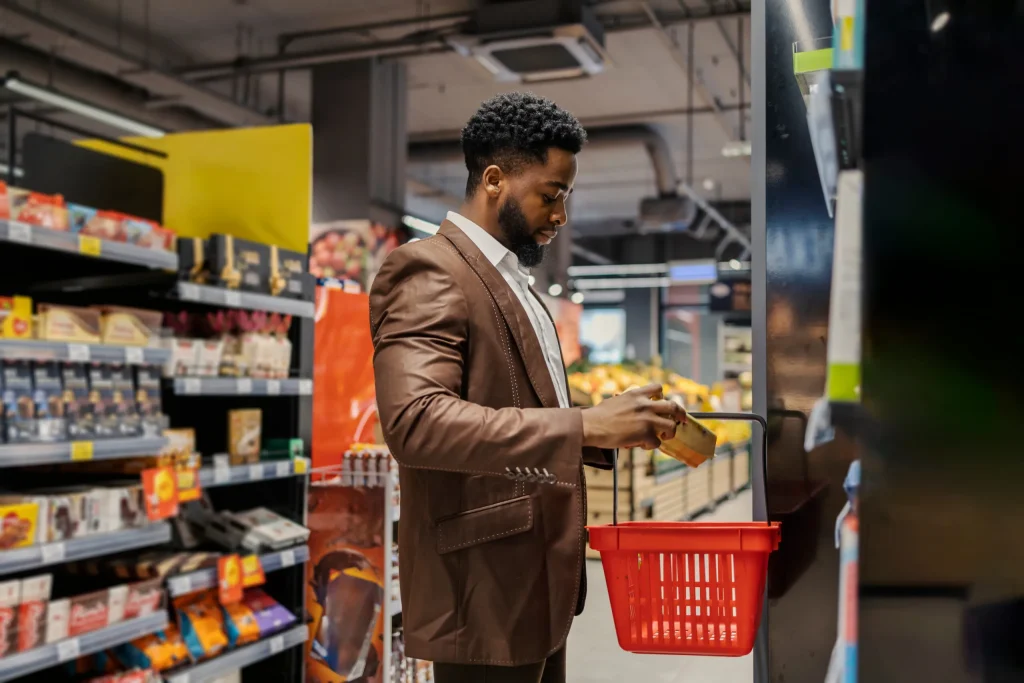The supply chain consequences of the cyberattack on Jaguar Land Rover have been extreme. Geraint John, VP Research, Zero100, discusses the consumer impact of JLR vehicle availability and parts shortages.
“Production of more than 30,000 cars is estimated to have been lost during the September shutdown, so personal and fleet customers in the UK, US and other key export markets awaiting Land Rover and Range Rover orders will likely face delays of several weeks or even months before they are delivered. How quickly JLR is able to start clearing the order backlog will depend, in part, on suppliers’ ability to restart and ramp up production of key parts, components and sub-assemblies.
“Upstream suppliers, particularly those that laid off workers in response to delayed/cancelled orders, may take time to return to normal operations. Stocks of spare parts in the dealer and distributor network will have been run down during the production stoppage. So JLR vehicle owners are likely to continue experiencing delays in getting repair, service and maintenance work carried out over the next few weeks.”
JLR supplier government loan guarantees – will they reach Tier 2 and 3 suppliers?
“Smaller Tier 2 and Tier 3 suppliers that are heavily dependent on JLR-based orders from Tier 1s will be more exposed than those with a lower JLR revenue percentage and more balanced customer base. Heavily JLR-dependent, financially less well-resourced suppliers ought to be the top priority for funding support, regardless of where in the supply chain they sit and what products they supply. If suppliers of even relatively small and inexpensive parts collapse, the just-in-time nature of automotive manufacturing means that JLR won’t be able to complete and ship finished vehicles from its assembly lines.

“Finding, qualifying and ramping up production from alternative suppliers takes time, and in the case of specialised parts and components there may be limited choice and availability in the market. This makes it imperative that existing suppliers get the financial help they need to tide them over, whether in the form of government loan guarantees or directly from JLR using its commercial credit lines.”
What we can read more broadly into supply chain fragility
“These recent attacks demonstrate that UK retail and manufacturing companies are at heightened risk from cyber-attacks that disrupt their physical supply chain operations – and prevent them from selling products to customers. The incidence of supply chain cyber-attacks on iconic British and other brands is growing, partly because of more sophisticated AI-enabled hacking techniques.
“Brand owners should work on the assumption that they are being actively targeted and take the threat even more seriously than they did before. This means not only protecting their own IT systems and educating their own employees about the dangers of increasingly credible phishing and social engineering methods but also talking to key suppliers about the safeguards they have in place to deter and respond to cyber-attacks.
“Small- and mid-sized suppliers typically have weaker defences, owing to smaller cybersecurity budgets and fewer dedicated specialist staff. As a result, they are an obvious entry point for hackers looking to gain access to bigger customers into whose networks they are digitally connected.”
Will we see more government loan guarantees?
“It’s unlikely that the UK government’s loan guarantee to Jaguar Land Rover will be the last of its kind. The JLR and M&S examples show that operational disruptions caused by cyber-attacks can be both profound and prolonged. They have a rapid ripple effect across companies’ extended supply chains, impacting hundreds of smaller firms that lack the financial muscle to survive for weeks or months without orders being placed and invoices being paid.”











